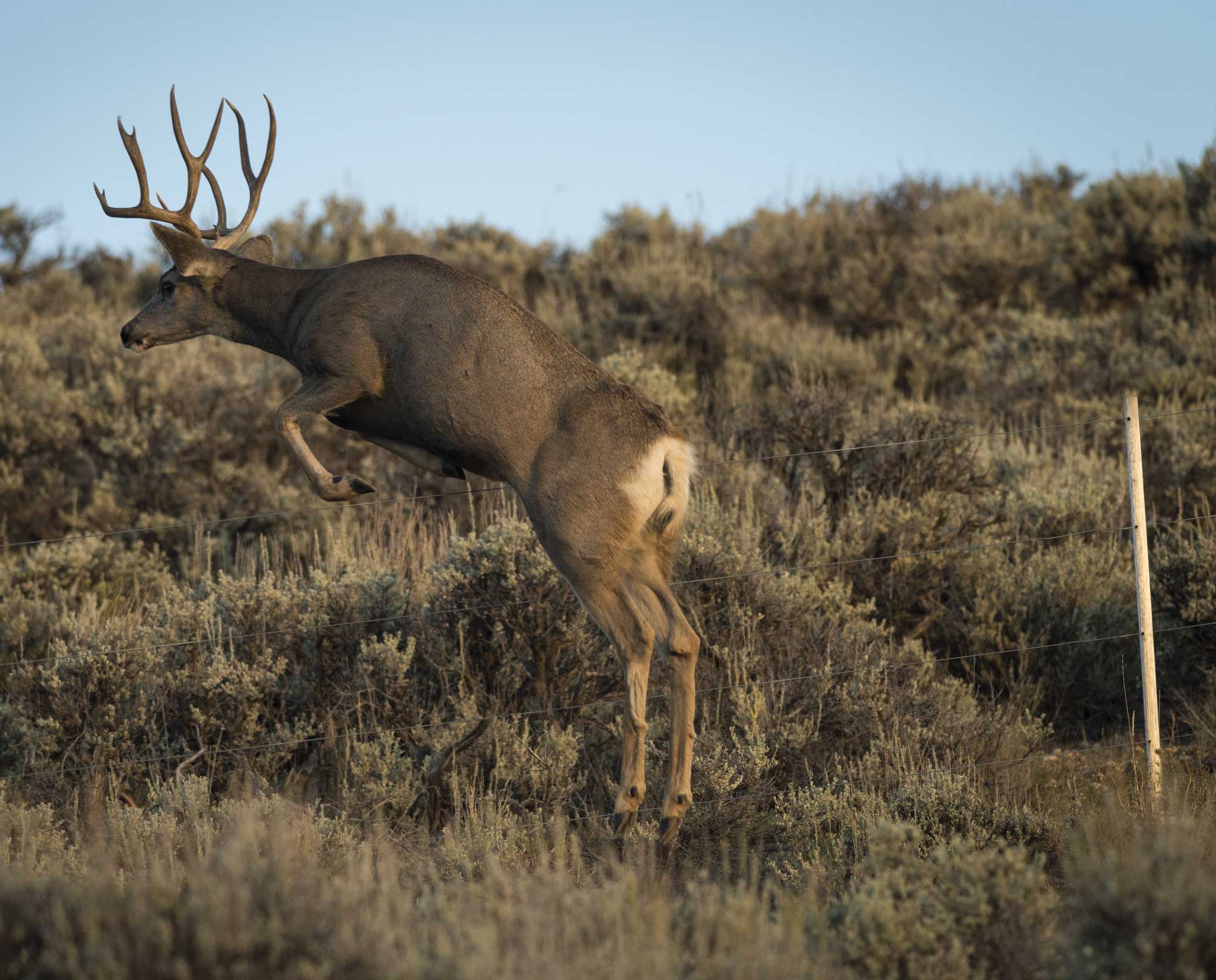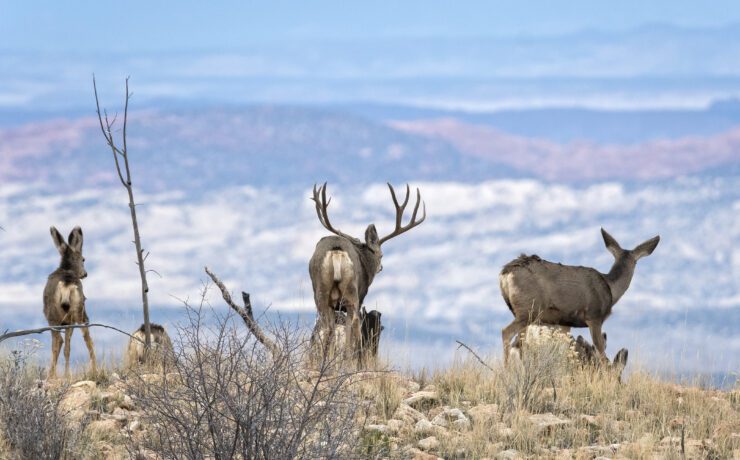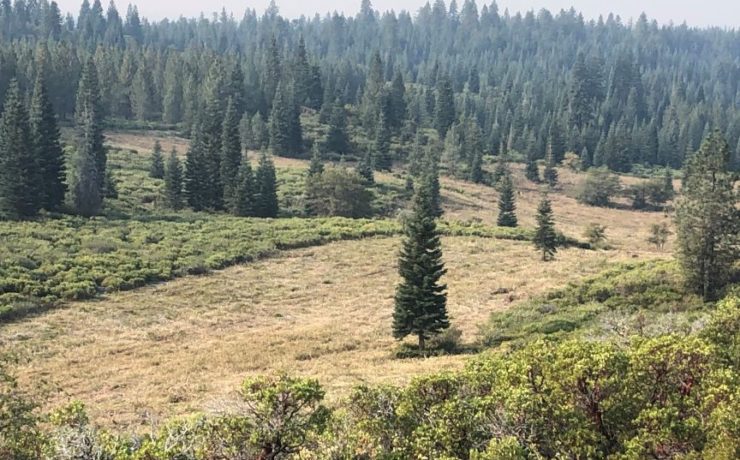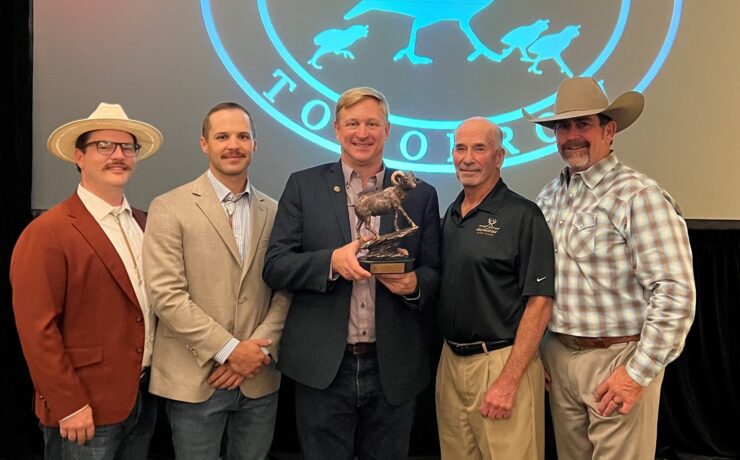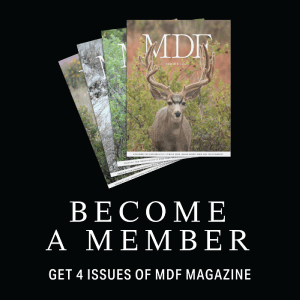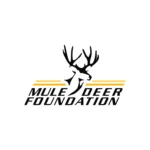While not strictly a habitat improvement, modifying or installing wildlife-friendly fencing allows deer and other wildlife to move more freely across the landscape along their traditional movement corridors. Working with private landowners and on public land grazing allotments, MDF has prioritized the removal of old fences that are blocking movement, particularly woven-wire fencing. In many cases, those fences are replaced using wildlife-friendly fences that allow for easier passage by a wide variety of animals. Fencing height, smooth bottom wires, “lay down” fences, and wire spacing are all options for a wildlife-friendly fence that also works for landowners. Working with our partners, MDF has removed over 100 miles of fence in the past decade and replaced much of that with wildlife-friendly fencing. Our chapters have embraced these projects as an opportunity to get their hands dirty making a tangible difference for our deer.
